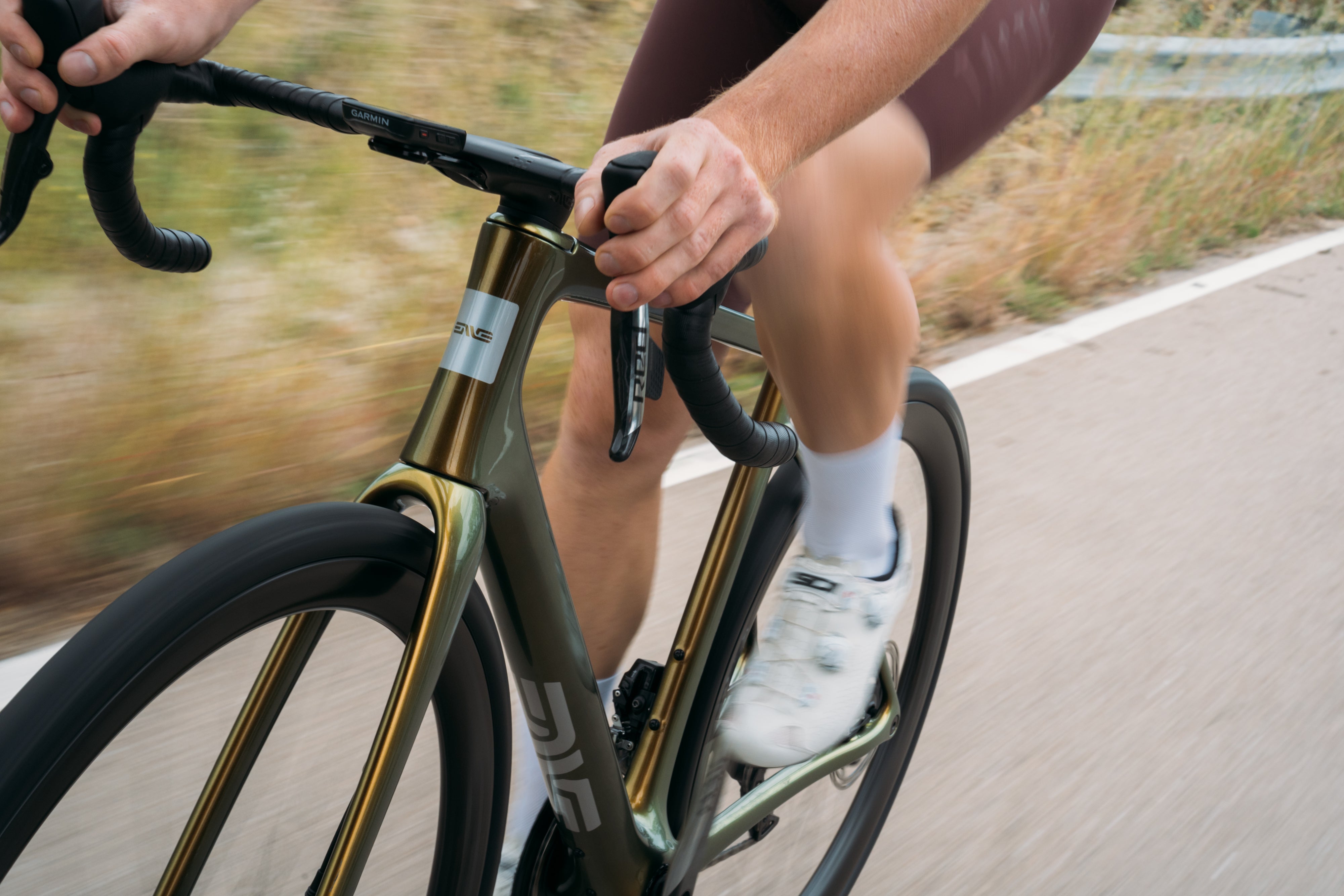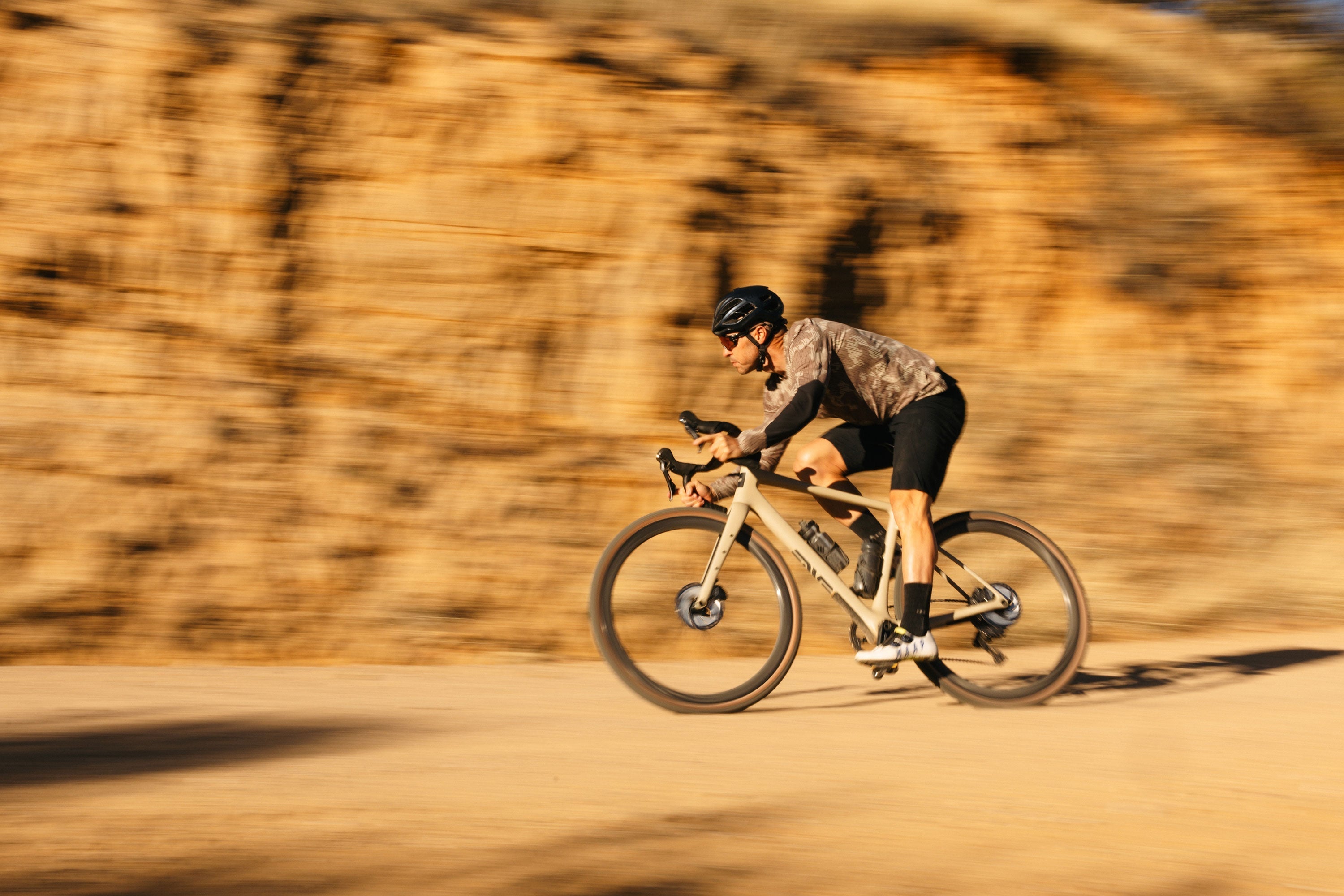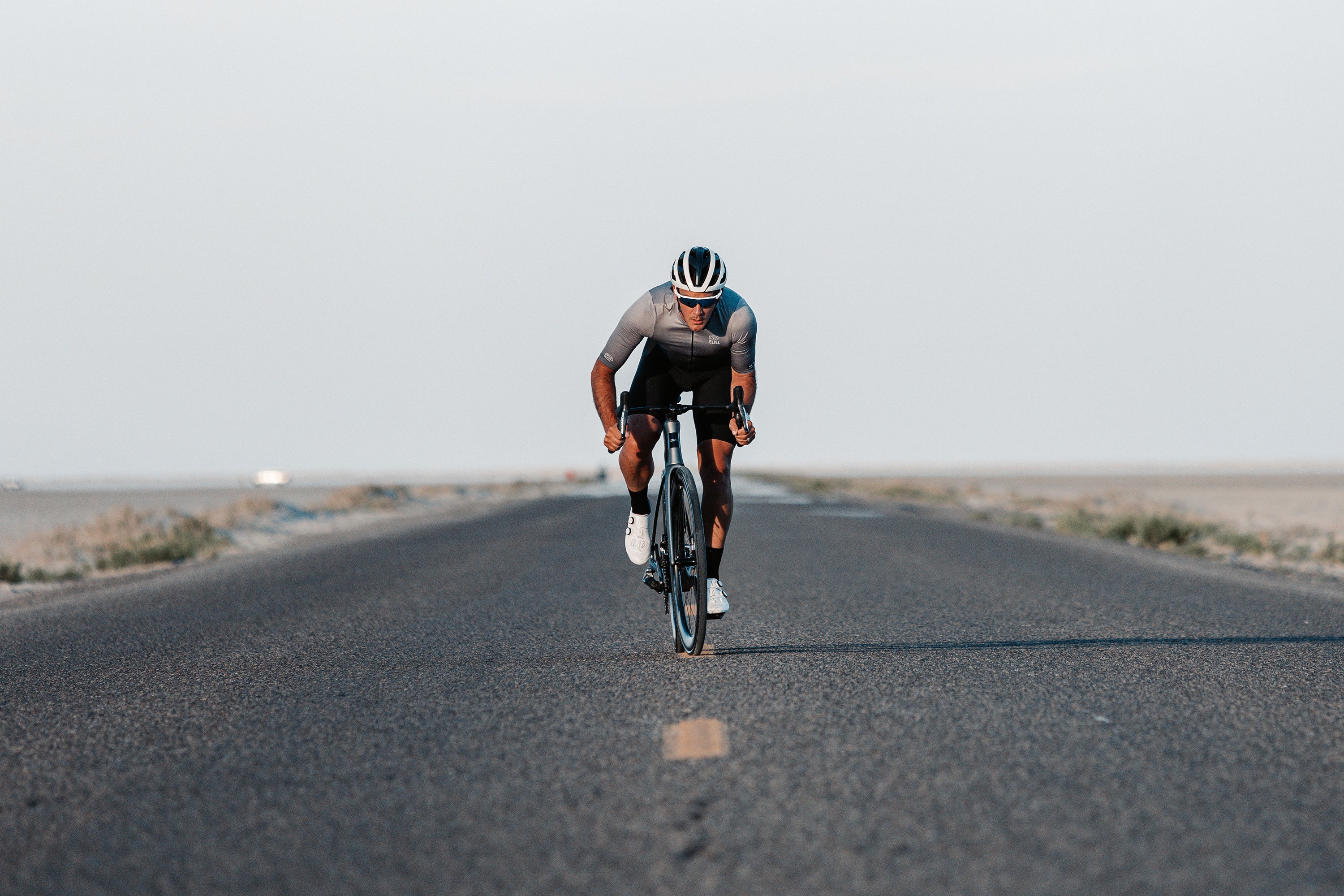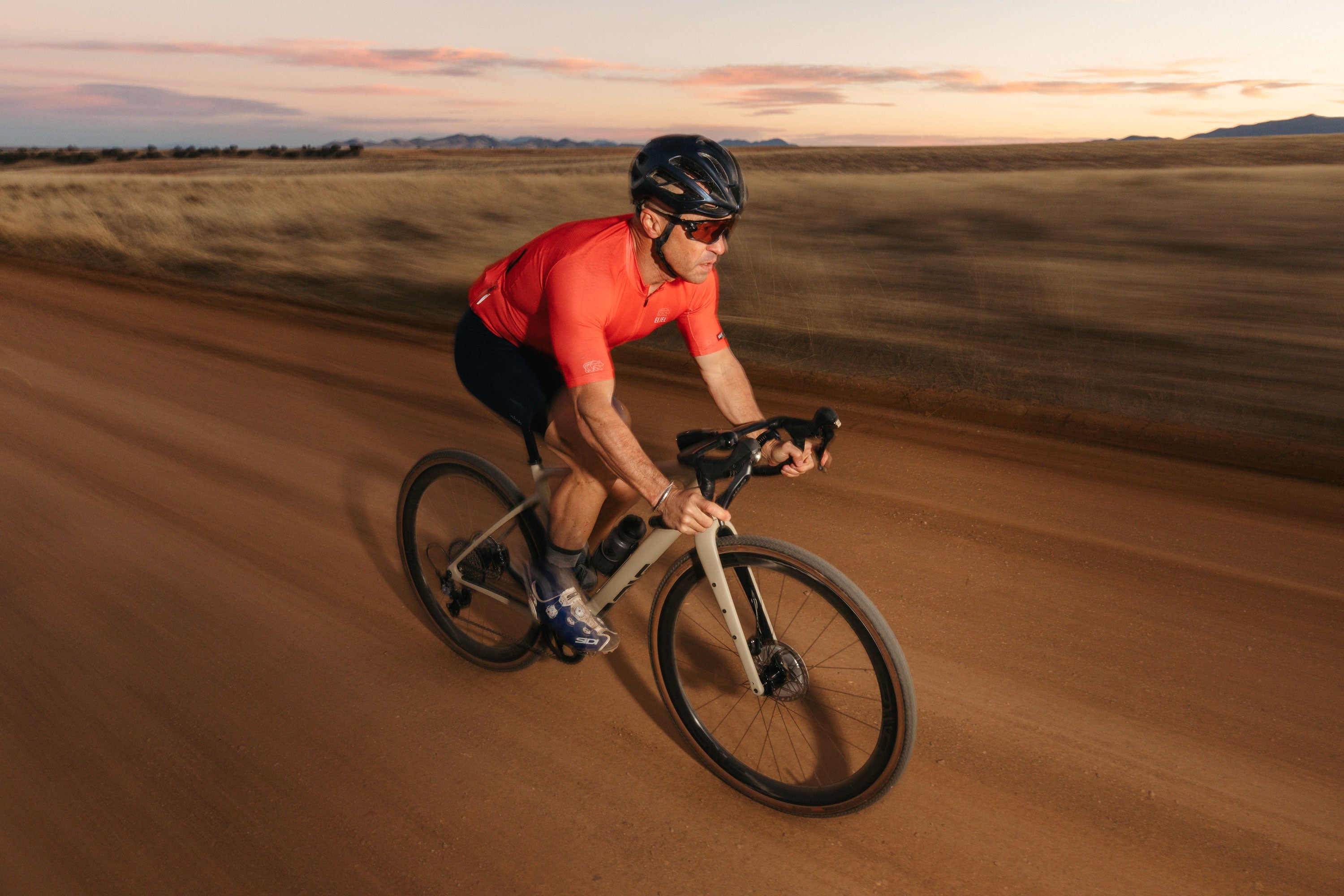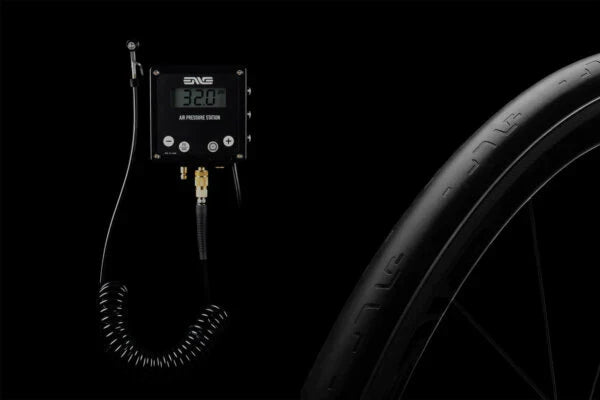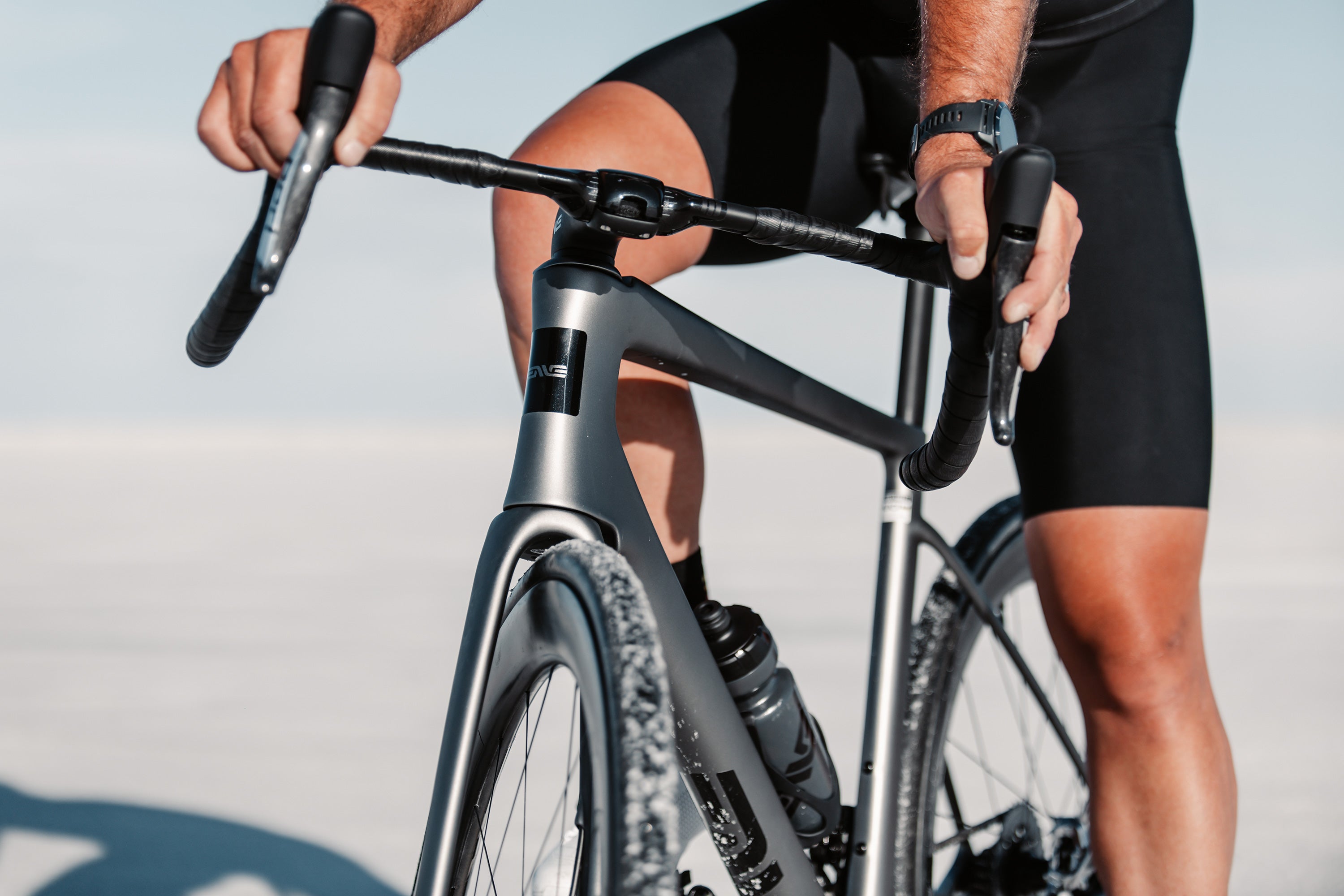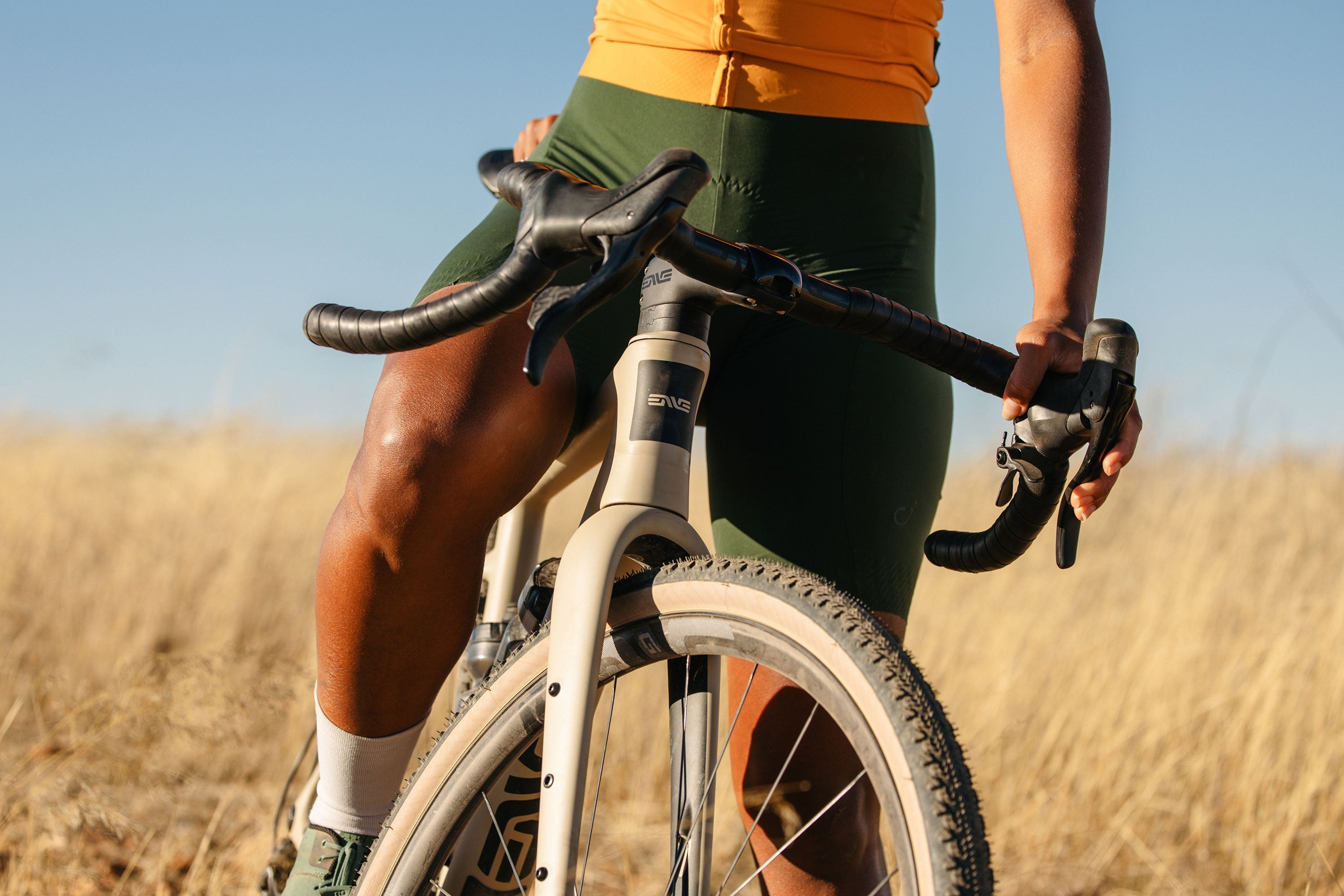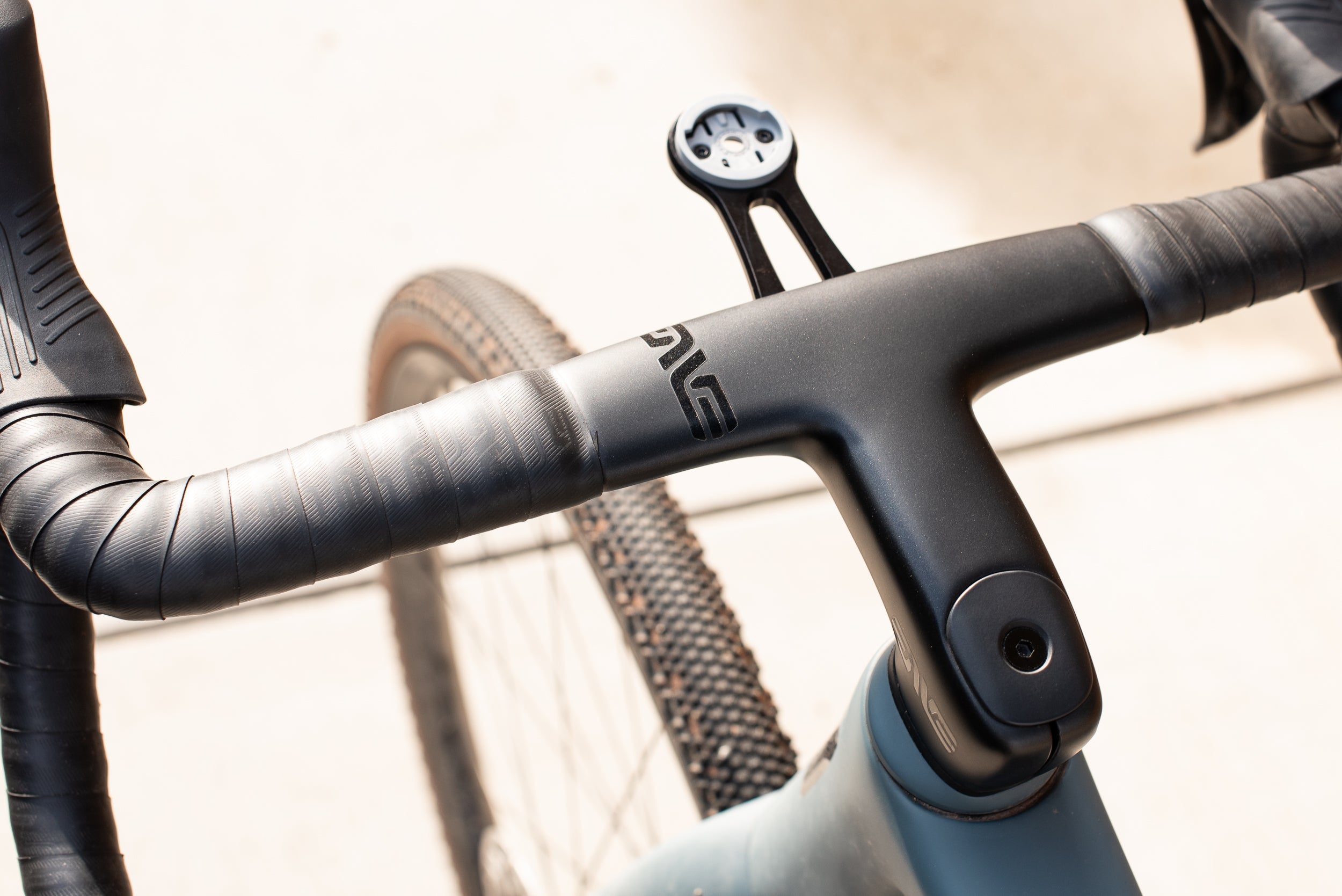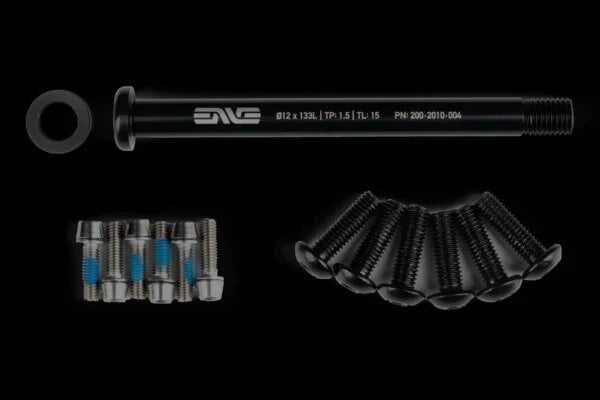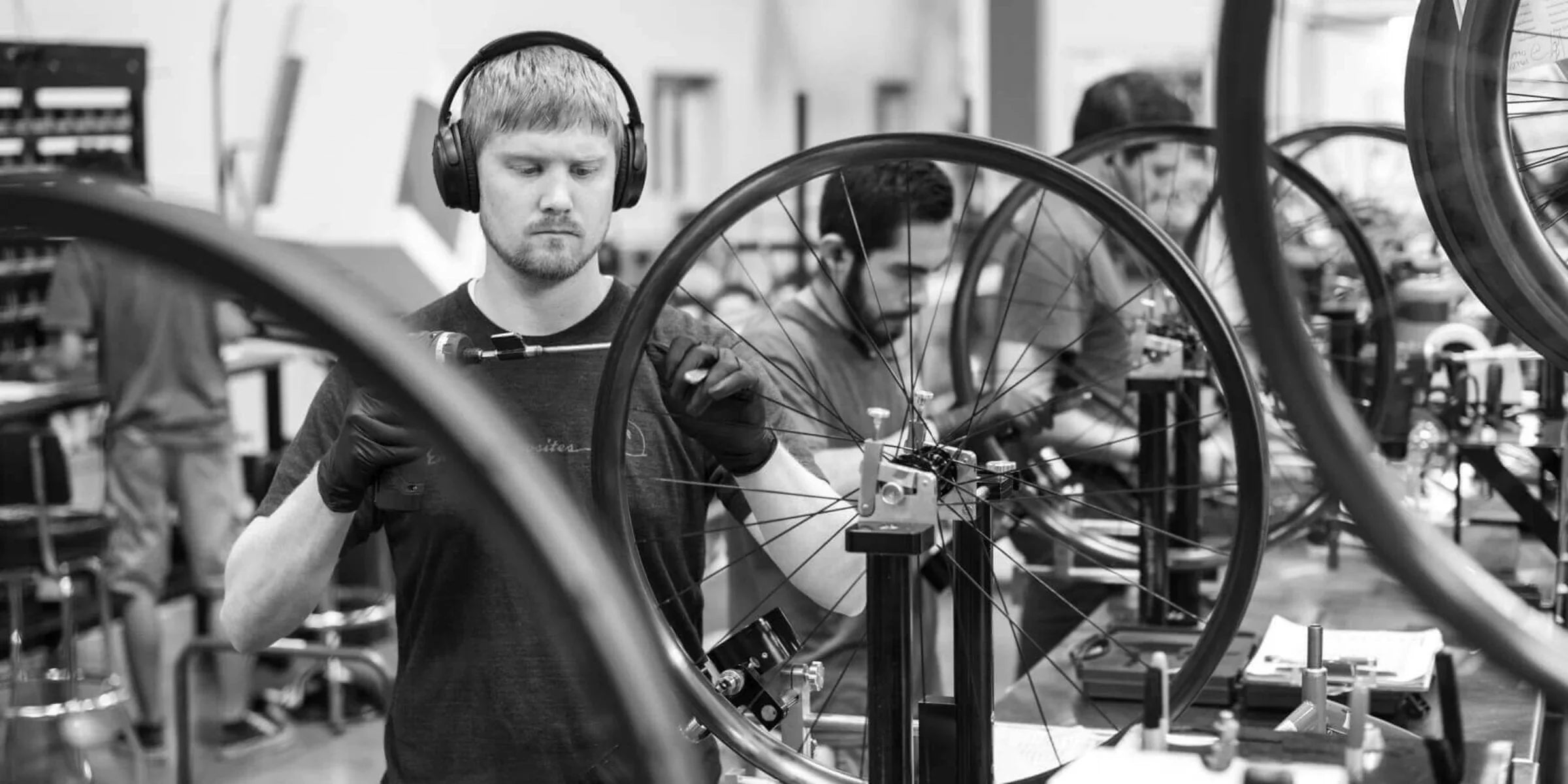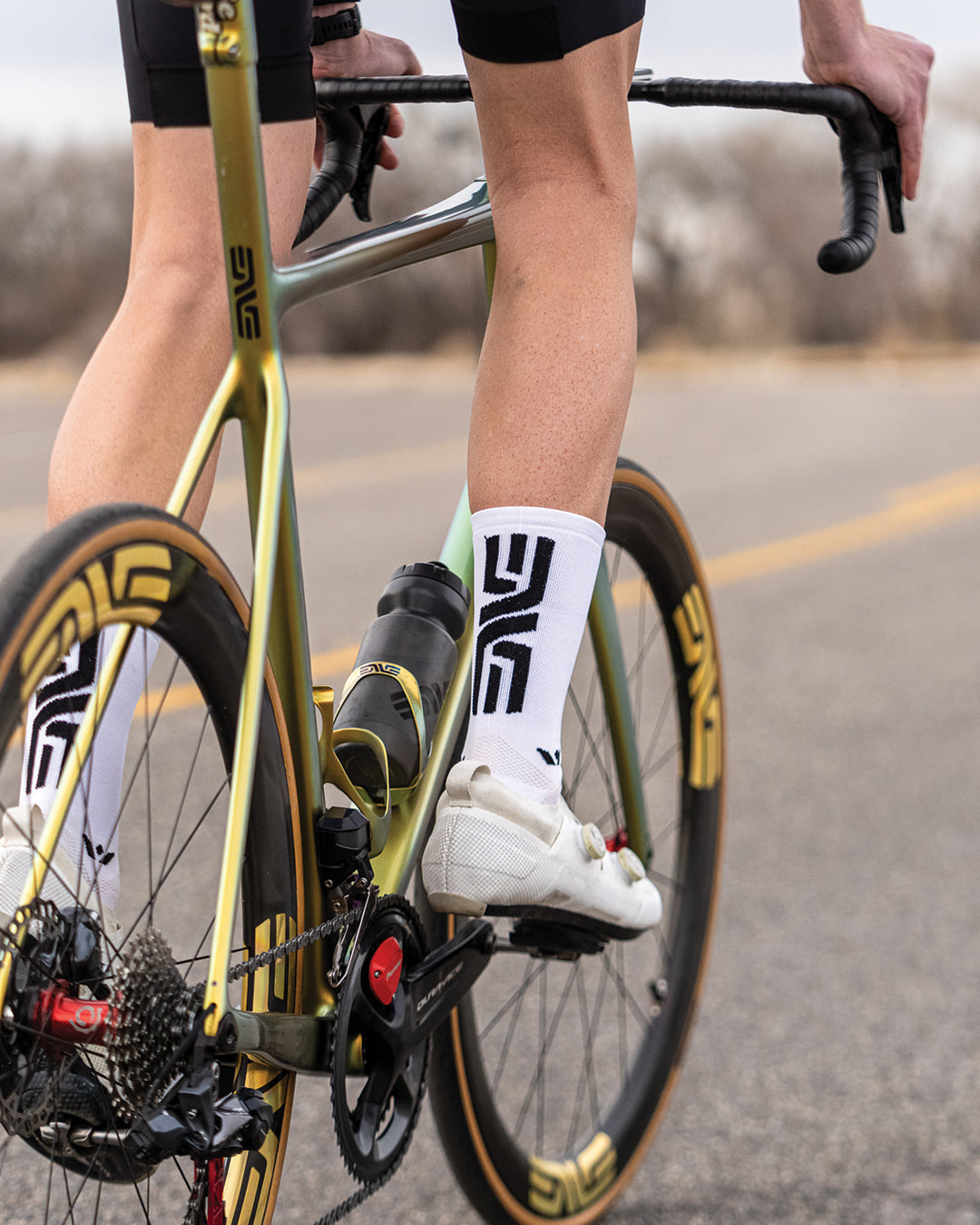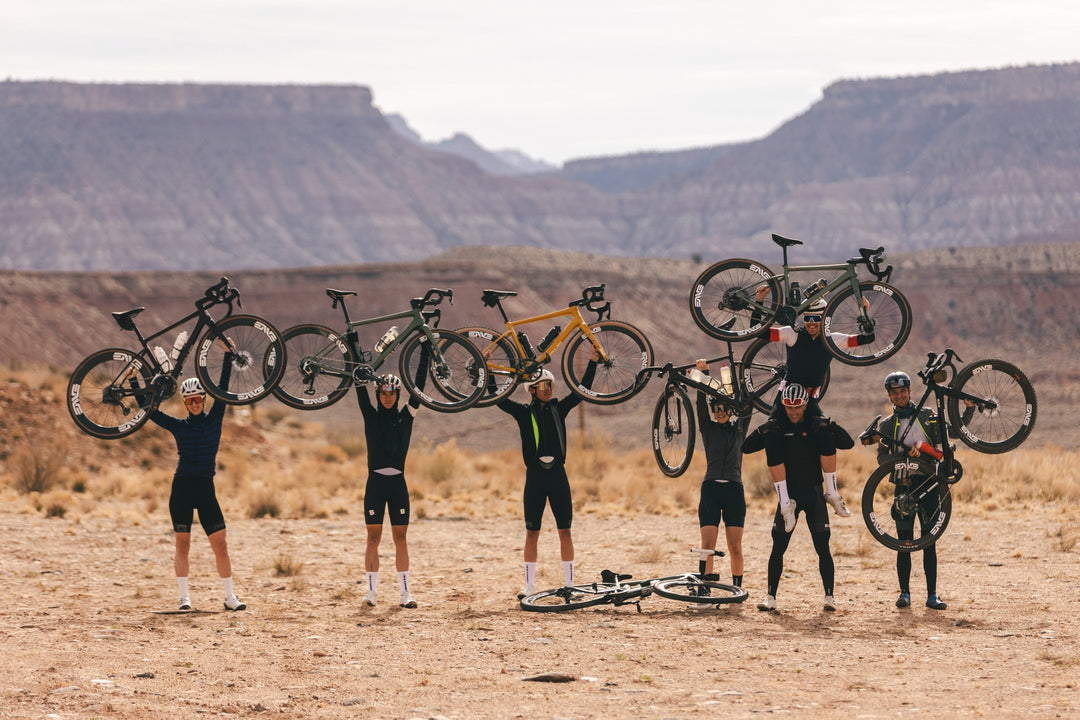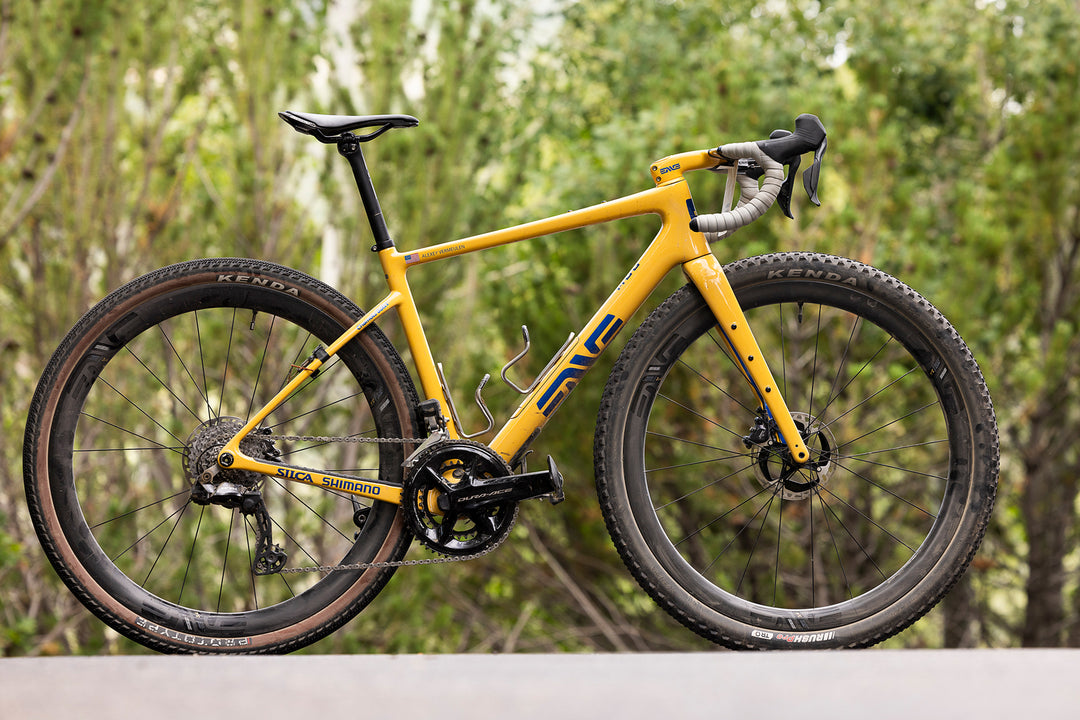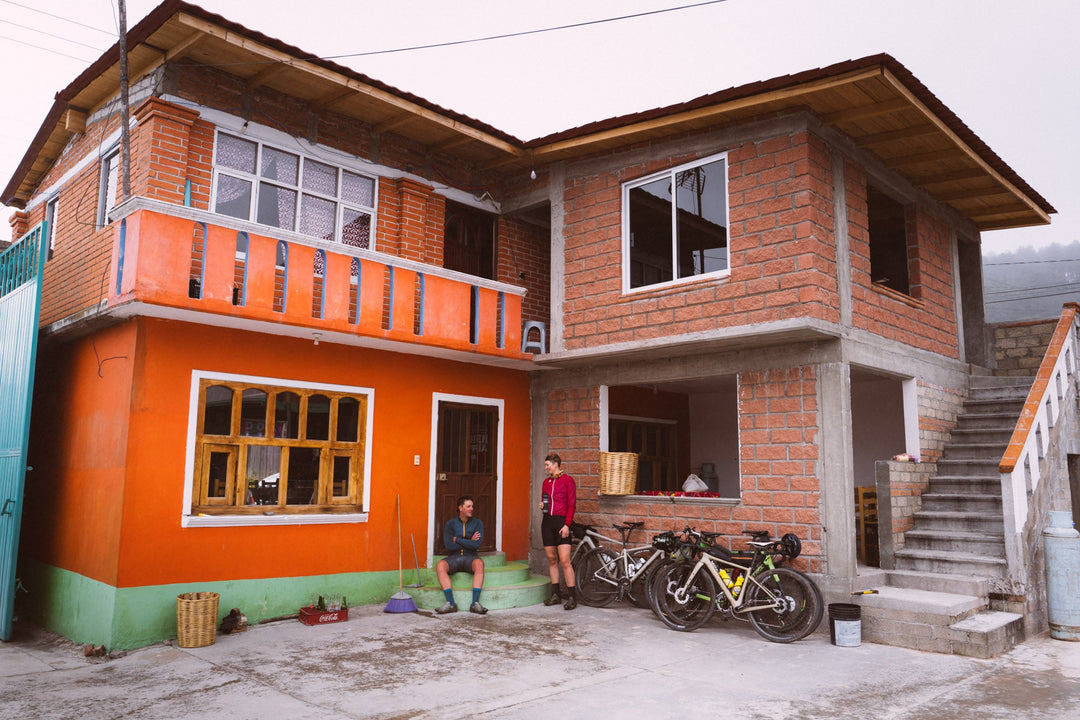Inside Dimension Data’s Team Cars
The team car is like a magician’s hat or Mary Poppins’s handbag, you can reach in and pull out just about whatever you need. There’s no magic to it, of course; it’s all down to preparation. At the Tour de France we poked around Team Dimension Data’s cars to see exactly what goes into them.
And that’s the first thing to note – there isn’t only one. We often hear commentators refer to “the team car” but there are two in the race convoy and several others that go to the start and finish. Dimension Data had seven cars at the Tour de France, plus the bus, mechanics’ truck, a kitchen truck and a freezer van. Each of the 22 teams will have had a similar fleet, so that’s over 240 vehicles before you get to the dozens of organization cars, the scores of motorbikes and the huge publicity caravan.

For the team staff, the Tour is like a three-week road trip (actually more like four weeks from when they set off to the Grand Départ) and they can easily spend eight or nine hours of a day in the cars including getting to the start from the hotel and then from the finish to the next hotel. You can imagine, then, the sort of state that the cars must get into – trash overflowing from the door pockets, coffee spilt over the seats, potato chips ground into the carpets… yet the cars are all as immaculate as the bikes. Every evening they get cleaned inside and out, the trucks too. Look at the interior photos, those carpets are freshly vacuumed. Cycling is a highly professional sport with big corporate sponsors, so proper presentation is essential.

Like many teams, Dimension Data are supported by Skoda, a brand that has for years closely associated itself with cycling. For car manufacturers cycling, and especially the Tour, is a great way to get your new product in front of a big audience and prove its worth – if it can handle a cycling team then it can certainly handle family life. At the Tour, Dimension Data had Skoda’s new Kodiaq compact SUV for the first time alongside their regular station wagons. Far from basic hire car spec, small luxuries such as climate control, automatic gearboxes and heated seats make life a bit easier for the hard worked team staff.

Each of the team vehicles carries an array of stickers and signs denoting where each vehicle is permitted to go, and the position in the convoy for the two main cars. The convoy order is dictated by the placing of each team’s top rider on GC, so the leaders have support most accessible, and occasionally this can even influence race tactics. Back at the 2015 Tour de France Vincenzo Nibali surged clear in the finale of stage 2 in Yorkshire, UK, to win and take the race lead. It was very early for a GC contender to want the yellow jersey but it meant that his team car was first in line for the incredibly tough fifth stage on the cobbles of Paris-Roubaix, where the risk of punctures was high and he and his team again rode brilliantly. It was a two-part coup de grâce that placed a downpayment on the yellow jersey he went on to wear into Paris.



The huge bike racks on Dimension Data’s cars are by Fietsrekken Chantal, a Belgian company that specialises in high-capacity racks for cycling teams. Each one can carry up to nine bikes plus extra wheels. The spare bikes for team leaders are always most accessible on the outside because they need the fastest service.
The unusually shaped aerial sticking up through the forest of bikes is to receive satellite television, enabling the team to watch the race on the live broadcast. They’re very rarely close enough to the action to see for themselves and always have to swing off just before the finish so this is the only way to see the race play out.

The other aerials on the hoods are for the race and team radios. The race organisation communicates to all the teams with information such as which riders are in the break and their gap, or warnings about hazards. In turn, the team’s sports director relays the information to the riders, along with tactical instructions and encouragement.
Every available pocket and compartment in each car is stuffed with useful items such as pens, suncream, hand cleaner, lube and tools, plus gels and bars to pass to the riders. The mechanic rides in the back seat with a pile of ENVE wheels ready to grab in the event of a puncture or crash. If there’s a pile-up, you will always see the mechanic arrive on scene carrying wheels just in case they’re needed. Each rider has a rain bag in the lead car with various options of bad weather gear and usually spare shoes, too.






In the trunks are huge coolers full of bottles. Soigneurs spend hours making up feed bags and bottles before stages, some with water and others with energy drink, and marking them accordingly. The team can get through up to 200 bottles for nine riders on the hottest days, when the coolers are also packed with ice. Empty bottles are thrown to the roadside fans for souvenirs, primarily because it’s impossible to give them back to the car during racing, so the team needs thousands of bottles for the Tour and some 20-30,000 for a season.



Even the food for the staff is carefully considered. A thick bread sandwich can be too heavy and cause a slump so it’s usually a lighter wrap and some fruit. Wraps are easier to eat while driving, too, though we’ve seen a DS eating a hot meat pie in a race while steering with his knees (don’t try this at home!). These guys are master multi-taskers.
The race book is the team’s bible for three weeks and is always to hand. Not only does it contain the route of each stage in exceptional detail, it also includes all the logistical information that the rest of the team needs, such as directions to the start village. It’s less likely to be used during a stage as the night before, when teams will study it and make notes which can often be seen taped to the car’s steering wheel for the DS to reference and sometimes to the stem or toptube of riders’ bikes.
So is the team car technical support, rolling feed station, a marketing tool or a mobile command centre? It’s all of these things and more.


